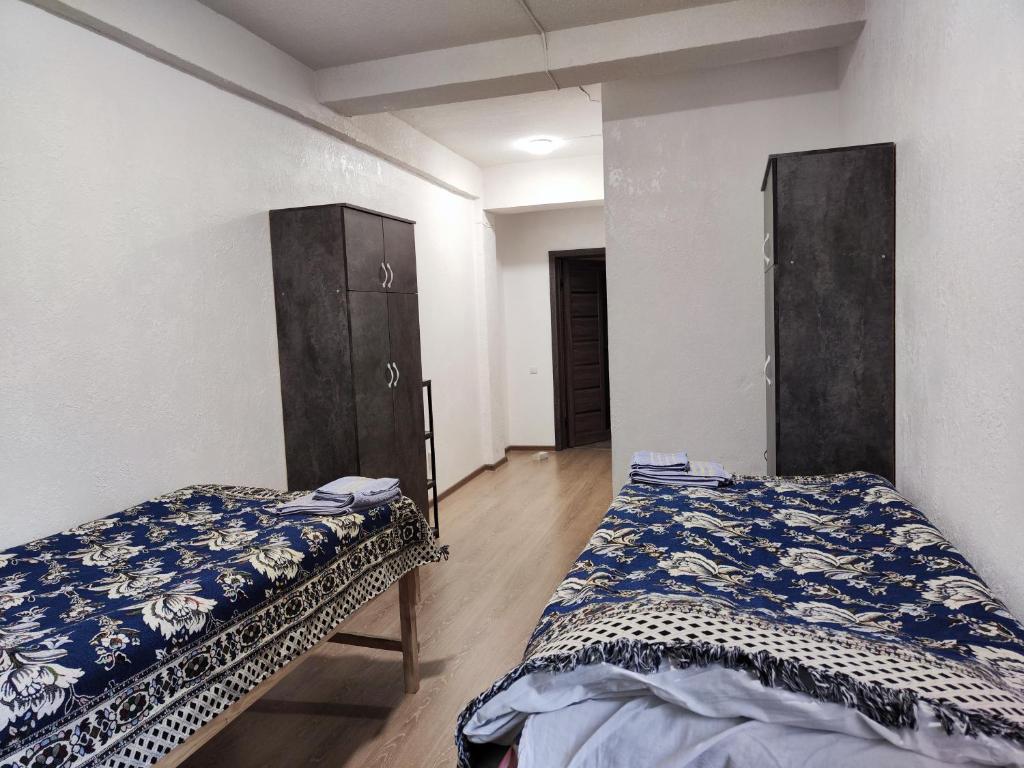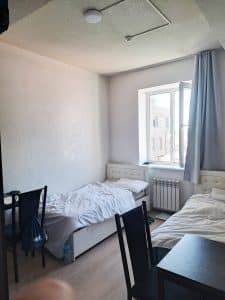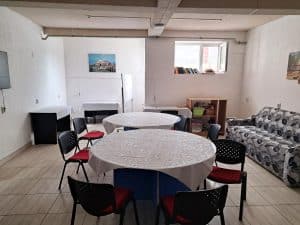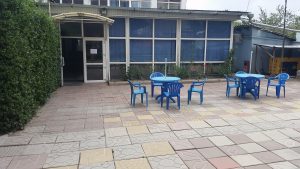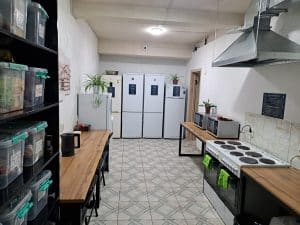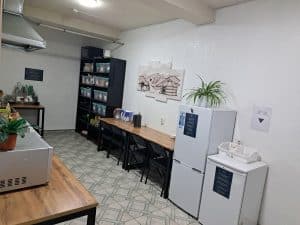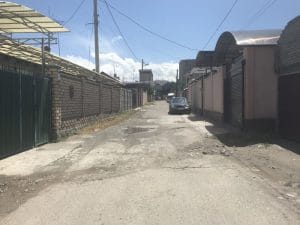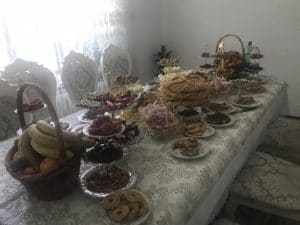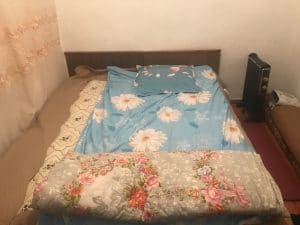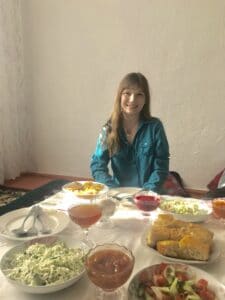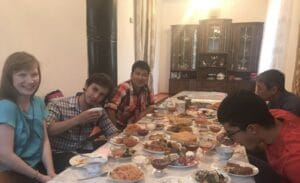In Bishkek, you have two living options: a home stay or a dormitory. Each comes with its own pros and cons. The following student reviews are meant to help you make your housing decision and prepare for your time abroad on SRAS programs in Bishkek.
Bishkek Dormitories
SRAS students stay at the Nomad Inn, a small hotel right next to the London School. This building has been completely renovated in recent years to provide a clean, modern experience for students.
Living Conditions in the Bishkek Dormitories
Jake Werning (Summer, 2025): Staying in the dorms was nice, especially in the morning, because you save so much time avoiding rush hour traffic since you live right next to the school. You’ll have one roommate with whom you share a bathroom. Everything else, like the kitchen, lounge, and laundry room is shared with the Inn guests. My only big concerns were somewhat sketchy WiFi reliability and the hot water occasionally running out. Apart from those two things, the dorms are great. The beds in the dorms are genuinely comfortable and the staff changes the sheets weekly. You also get an air conditioner for the room which is really nice, especially at night. I don’t recommend doing your homework in the dorms or studying there after class; there’s a bunch of great places to study nearby, and the desks at the dorms can be small if you have your notebook and laptop out together. You do have plenty of storage space in the wardrobe and small shelf, though. You also get your own tea kettle.
The bathroom also has everything you need, though I do recommend getting wet wipes, just because they are more convenient. The toilet paper is rather thin, and, unlike the US, you must throw your used toilet paper into a small bin. The wet wipes therefore make for less bulk. Also, since there’s one small water heater per room, you’ll have to get used to taking shorter showers so that you and your roommate both have enough warm water. It doesn’t take too terribly long to get more, though. Ventilation isn’t bad, and I got lucky and had a window, though other bathrooms may just have the fan.
The kitchen is nice, all things considered. The biggest thing you’ll have to worry about is other people, because it can get busy, and some guests don’t clean up after themselves as well as others do. That being said, also do your best to keep the kitchen clean. The dorm makes available two stoves with four burners each, microwaves, ovens, kettles, several large fridges, and plenty of dishes. Bringing your own set (just a plate and some silverware) isn’t a bad idea, though, just for reliability. You will have to label your refrigerated groceries, and you have a large box for your non-refrigerated groceries. The kitchen is normally busiest between 7:30-8:30 AM, and 5-7 PM, but you’ll still be able to cook. I started meal prepping on Sundays, and I found that to be the easiest thing for dinner. For lunch I normally just ate at the London School столовая (a small cafeteria of sorts).
Laundry can take a while to do, especially on Sundays when everyone is trying to do their week’s worth. There is also only one dryer, so I always just hung mine up outside. With the dry heat, it really doesn’t take long at all.
Lastly, the lounge is a nice area to just hang out or eat dinner together. You have more reliable WiFi there, too, so it’s not a bad place to work. It’s also cooler than the rest of the building, because it’s in the basement.
Location of the Bishkek Dormitories
Jake Werning (Summer, 2025): The dorms are right on one of the main streets in a lively part of the city. There’s shops, cafés, restaurants, gyms, really anything, not too far away. It’s also easy to get to the rest of the city from here via taxi or bus. Being right next to the school is also awesome, because it frees up so much time in the morning. I normally get up at 6 AM, and have time to go for a run, cook breakfast, and get ready for class, all before 8 AM, and classes start at 8:30. The same goes for finishing class, or going out in the evenings. Nothing is ever too far away.
Social Life in the Bishkek Dormitories
Jake Werning (Summer, 2025): This is probably the best part about living in the dorms, because you have a crowd of folks who are pretty much always closeby, and who you can always easily make plans with. You can cook together, study, and do most anything. It’s also nice, because it makes adjusting to a new lifestyle much easier. Occasionally, you also get to meet new people who are just staying at the Nomad Inn on their own, and you’ll be surprised how small the world really is. I actually met somebody who went to my rival high school, which was crazy. Overall, the dorm experience is great, with the only drawback being that you’re not as immersed as students who are staying with a family. Everything else, from the people, to the rooms, to the location is great, and helped add to my experience in Bishkek.
Homestays in Bishkek
Home stays with SRAS programs in Bishkek are anywhere from 15-50 minutes commute from class, but this commute itself can provide an opportunity for learning. More than in other SRAS locations, host families in Bishkek are larger, with more children and, at times, extended family living under one roof, meaning you have more extensive opportunities for language practice and cultural interaction.
Unforgettable Homestay in Bishkek (Summer, 2025)
By Brendan Kelly
I was part of the 8 week program in Bishkek. I was initially hesitant about being in a home stay, but I have ended up greatly enjoying it! The biggest thing that I have noticed is just how unique everyone’s experience is. Every home stay is different, and everyone’s experience is unique, but that’s the beauty of it. You become a part of someone’s everyday family, seeing their habits, learning about their lives, and building relationships that will long outlast the actual stay. My homestay parents have become my ‘family’. I see them every day, talk about my day, share meals and laughs, and feel right at home when I am across the world from my home in America.
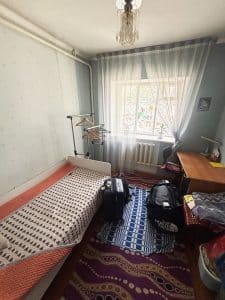
I think that is one of the main things that a homestay can do that a dorm can’t: real, genuine relationships with locals. I have met a bunch of neighbors, my host-parents’ extended family, and of course, my host family members themselves. My host family is on the smaller side, it’s only my host parents and I (My host mom is retired and my host dad works as a driver), but their grandson comes over every weekend, which is always a lot of fun! Some of my friends have very large host families (3-4 kids)! Each home stay is different and that’s part of the experience!
My Homestay Arrangement
I have my own room, which is really nice, but I also connect and talk with my family a lot in the kitchen, which is the main “communal space” in the house. My house is around a 20 minute bus ride from the school every morning, which is not bad at all in my opinion. Some people live right around the school, and I would say that I am one of the farthest from the school. However, my commute is extremely easy, so transportation isn’t really an issue. The Kyrgyz public transportation system in my opinion is miles ahead of the US; the bus routes are very easy and reach most parts of the city, and are very cheap. Laundry in my homestay is a bit different than some of the other homestays. My host mom prefers to do all the laundry, but some other homestay people do their own laundry, it all depends!
Experiencing True Immersion
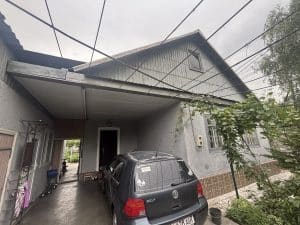
I have built connections with and become more involved in the local culture as a result of being in a homestay. I also think being in a home stay can be really good for language practice and improvements. I have gotten much better at conversational Russian because I am forced to use it in every conversation with my family here. I have learned how certain words are used (есть vs. кушать for example). There are definitely some difficulties, particularly with the language barrier in the early parts of your stay. For example, I didn’t know the word for mosquito and my host parents didn’t know how to communicate it besides the word “mosquitos” in Russian (which is “комары” by the way), so that took a second to figure out, but for every miscommunication and struggle to understand, my Russian improves by that much. My host parents also want me to get better at Russian and will try to work with me to understand, because they care.
Also, the food at my home stay is DELICIOUS. Your host parents will make you breakfast and dinner every day, and let me tell you I definitely have recipes that I will be bringing home.
To anyone reading this, I want to finish by really encouraging you to pursue a homestay here. Everyone in Bishkek is very friendly, and the homestay has been my favorite part of my experience here. My Russian has benefitted, and I have been thrust into a completely new way of life. It has been an amazing learning experience and something that has given me memories that I will cherish long after I unfortunately have to leave Kyrgyzstan. Do a home stay. You’ll regret it if you don’t.
Bishkek Homestay as a Vegan (Summer, 2019)
By Kathryn Watt
Wondering about staying with a local family while you’re in Bishkek? Though every family is different, hopefully my experience will give a glimpse into what to expect. As a vegan, I’d also like to share my experience abroad to help other vegans better prepare for their homestays.
The House
It was early morning when I arrived at my homestay and I was greeted my host mum with a hug and a kiss on each cheek. Entering the surprisingly Western style kitchen, I was given a bowl of chickpea soup and encouraged to take some bread. Bread is a very important part of the culture here! Next, I was shown my room and given a tour of the house. It was very spacious and modern, with two fully plumbed bathrooms and a swimming pool in the front yard. My room was large and minimalistic. There was a bed, a chest of drawers, a desk with a seat, and bedside shelves. I was also provided with two sets of bed sheets and a towel. Downstairs was the kitchenette, a comfortable living room with a TV, and what I can only describe as “the banqueting room.” In one corner stood a piano and, stretching out across the room, was a long dining table, lined with fancy chairs. As a little nod to their nomadic past, a sad looking wolf skin hung on the wall. Not quite a vegan’s dream.
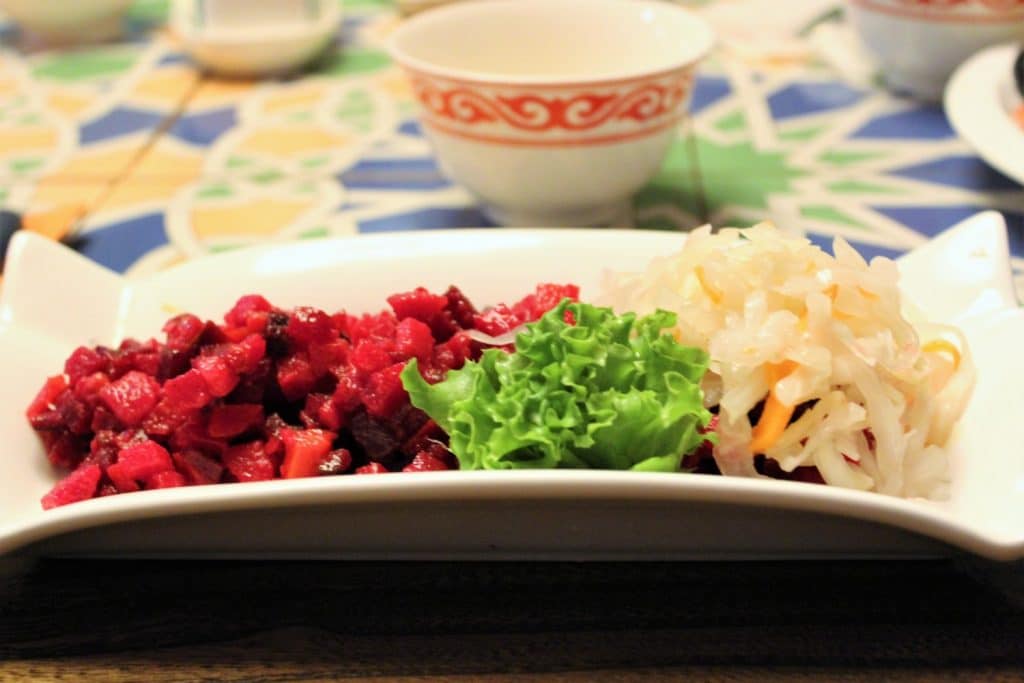
Food
Honestly, I struggled with the food at times. I grew up in a Central Asian country so had an idea of what kind of food to expect, but having gone vegan a year ago, I knew that the food may be a challenge while staying with a local family. While vegetarianism and veganism have made inroads into post-Soviet countries, they remain often misunderstood. My advice is to nail your colors to the mast from day one. I made the mistake of accepting food that had been cooked in animal fat the first week, out of feeling awkward and not wanting to make a fuss. However, it is much easier to say from the start exactly what you are okay with eating, rather than changing your boundaries halfway through your time. Clear communication is key and as you are paying for a service as well as a room, it is okay to request food that comes in line with your dietary requirements. There are ways of going about this diplomatically and you can ask London School representatives to be the middle person if need be. Try to be gracious with your host family as they are getting used to the different way that you do things just as much as you are getting used to them.
Despite my veganism, I was still able to try some modified versions of authentic Kyrgyz food! As an avid cook, I loved learning how to make delicious treats such as chak chak, lagman, and manti. Cooking with my host sister was also a fun and practical way to learn new vocabulary.
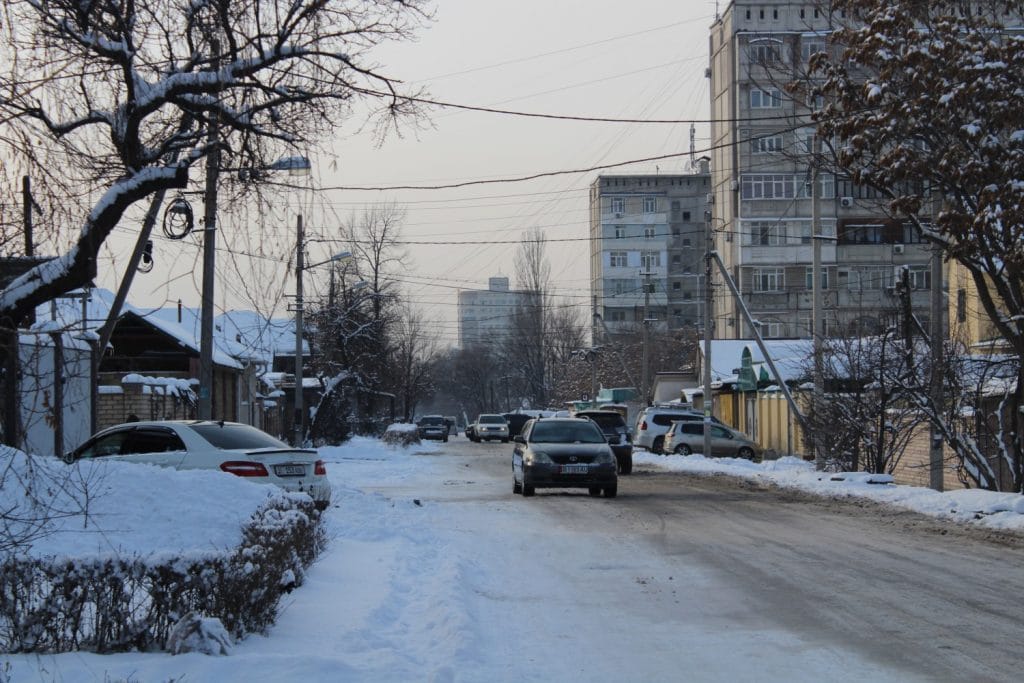
Culture
The family spoke a mixture of Russian and Kyrgyz, as is the case with most local families in Bishkek. This was good as it meant that I could take part in the Russian parts of conversations, while being able to rest my mind when the language switched to Kyrgyz. Of course, the most important thing to be gained from a homestay is the language and cultural aspect. No matter how much a language is studied, and a culture read about, nothing can replicate experiencing it for yourself. Staying with a family, I had the opportunity to get completely immersed in Russian language and have real life conversations about things that I cared about, rather than learning purely from a course curriculum. What’s more, I had the chance to experience life here like a local. One such experience was a trip to the banya with my host sister.
It was a Wednesday afternoon and I was ready for a relaxing (and cheap!) spa experience. When we entered the banya, we had our shoes switched for flip flops and proceeded to the locker room to change. I soon realized that “changing” meant “undressing”, after being told off by a spa attendant for wearing a swimming costume. Though I had been to a banya in Russia, it had been at a private dacha so the British side of me still cringed at the idea of a nude public spa. Soon enough, I got over myself and enjoyed the experience, but it was certainly a big cultural difference!
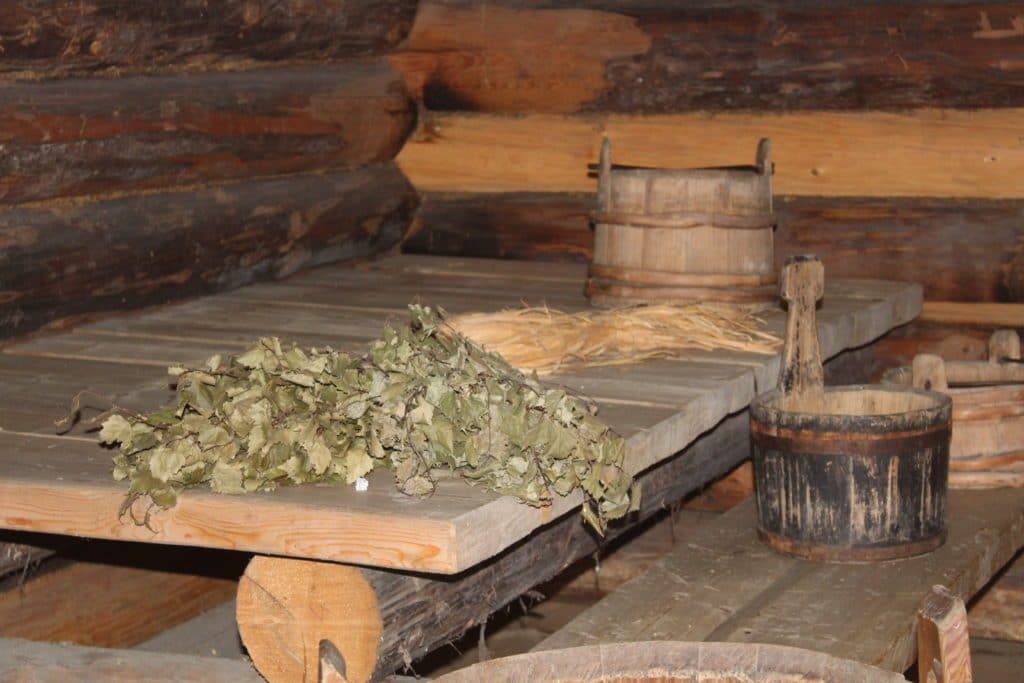
Conclusion
Overall, my host family were very hospitable, warm, and relaxed people. Though I had expected my freedom to be limited by staying with a family, this wasn’t the case at all. I was given my own key so could come and go when I pleased. I also had full access to use the kitchen for cooking and baking whenever I liked. All in all, it was lovely to have the balance of staying in a comfortable family home while living an independent life.
Pros
- Excellent for full language immersion.
- An opportunity to try authentic local food.
- An immediate gateway to meeting other locals and making friends out with the expatriate circle.
- The chance to find out the best things to see and do from a local’s perspective.
Cons
- Food – dietary requirements will often be misunderstood and potentially not taken seriously due to cultural differences. Food is also very fatty and sugary.
- Possible lack of independence (depending on the family).
- Potentially a long commute to London School.
- Tiredness – staying with a host family is tiring as you need to deal with cultural differences and speaking in a different language most of the time.
Bishkek Homestay and Talas Trip Homestay (Summer, 2018)
by Kathleen Connell
Bishkek
I decided to stay with a local host family in Bishkek to improve my Russian communication skills. My host family has four members, all of whom live on the west side of town. My hosts include the father, mother, their 11-year-old son, and an uncle. Their daughter is currently studying abroad in England, so I did not have a chance to meet her.
We first met over tea, where we introduced ourselves and chatted about our respective family histories, interests and life experiences. I brought some gifts to thank them for hosting me. These gifts included an assortment of Latin American foods, ranging from spices, Mexican chocolate, and Colombian guava paste. I chose to give these gifts because it is rather difficult to find anything Latin American in Kyrgyzstan and I wanted to introduce one of the many cultures that make up American identities.
My host family provides breakfast and dinner. For lunch, I normally eat at Cooksoo, a Korean restaurant located a few buildings away from the London School in Bishkek. My homestay dinners typically include Lagman (a Central Asian noodle dish) and a meat-and-potato stir-fry. For breakfast, I have bread, butter, and jam, with a bowl of oatmeal or cottage cheese on the side. I have my own set of keys, which allows me to leave and return home at any time of day.
All in all, I really like my host family. They have a beautiful home with a garden blooming with fragrant roses and lilies. The food is delicious. Whenever I need help going somewhere, my host family is there to show me around the city. I am very glad to have chosen a homestay, because this host family has really contributed to my experience, and has improved my spoken Russian, as well as introduced me to many facets of Kyrgyz culture. I would never have learned as much as I have about Kyrgyz culture if it wasn’t for my host family. I am very thankful for their time, patience, and kindness with me during my summer abroad. I am now able to communicate in Russian more effectively than ever for every day I am greeted by my host family as well as asked to discuss my plans for the day with them.
Talas
I took a couple of weekend trips away from Bishkek to see the Kyrgyz countryside. One weekend excursion was to the town of Talas for a homestay with a local Kyrgyz family. Upon arriving in Talas, we were greeted and given some time to rest after the long drive from Bishkek. We then had a nice dinner with plov, a Central Asian rice dish, and fresh salads. Our host family offered tea and various Russian candies as quickly as our traveling group could eat them up.
Our host family was very nice and considerate of our well-being. Our hosts provided a delicious breakfast, after which we departed to see Manas Ordo, the main sight in Talas, before heading back to Bishkek. All in all, this homestay experience in Talas helped round out my cultural immersion experiences in Kyrgyzstan by living with a family in the city than having a weekend homestay in the countryside. I have learned so much already about Kyrgyz culture as well as how life, language, and culture differs in the city and countryside. This was certainly an experience that I could never forget.

